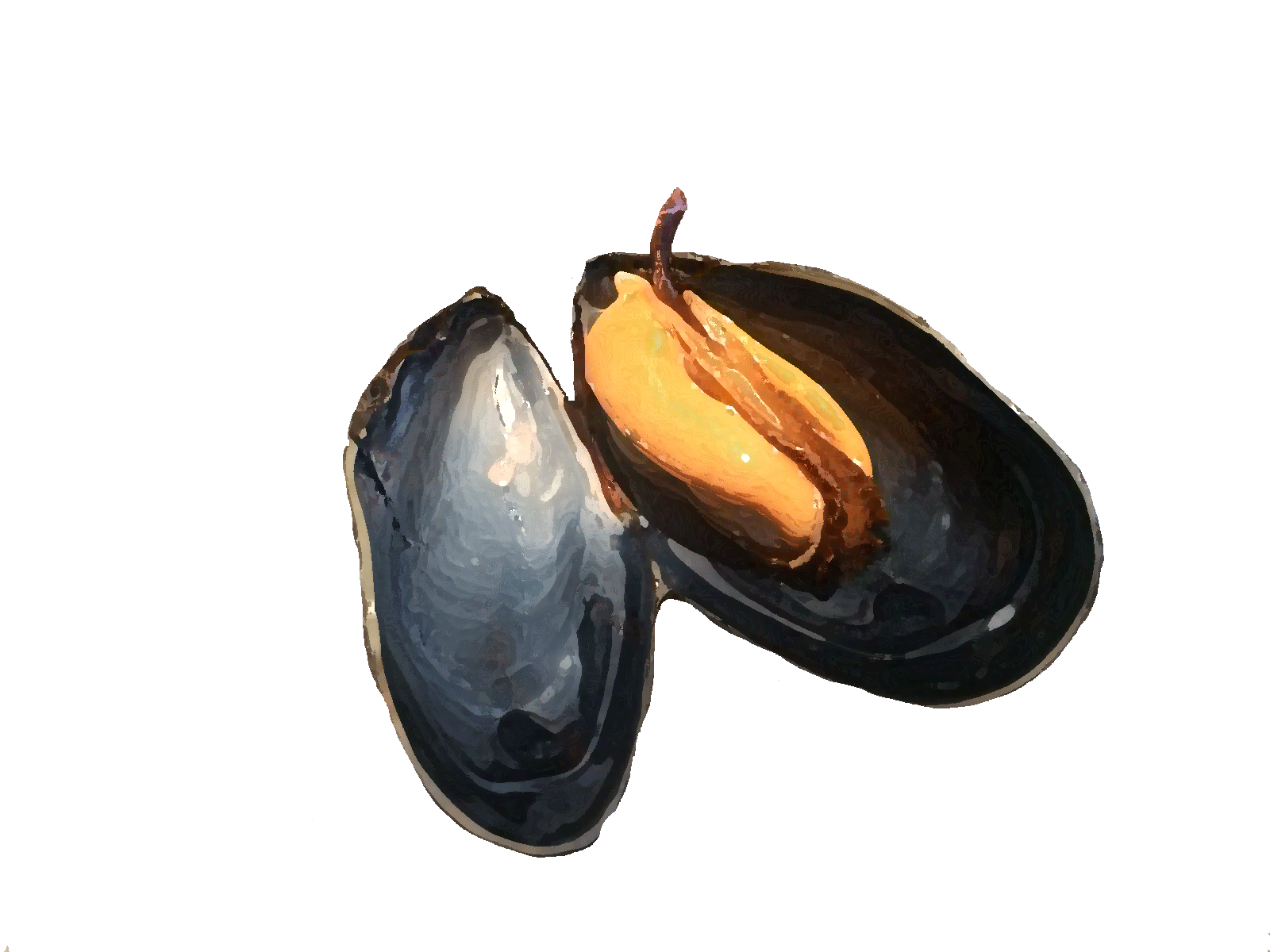MZIs were developed for mussel seed capture. Mussel larvae scattered by the water attach themselves to the ropes or nets and grow into mussel seed. Besides mussels, there are many other hard-substrate organisms that spread through the water as larvae or spores and attach to the substrate of MZIs.
Density
Seed collection efficiency can be expressed as harvest per (square) meter of substrate or harvest per hectare. Over the past decade, the harvest per (square) meter has been stable: for rope sub- street it fluctuates around 2.9 kilograms per meter and for net substrate around 37.7 kilograms per square meter. The lack of a trend shows that the various technical improvements made by growers in recent years have had little effect on this. The invasion efficiency per meter of substrate is mainly determined by nature. The supply of larvae does not seem to be limiting in Dutch coastal waters and catches are quite stable.
With respect to production, the past decade shows that mzi are a reliable source for obtaining mussel seed. However, there is a difference in invasion efficiency between different locations. What causes this difference is less clear. Mussel seed growth and density and fouling on the systems are factors that are likely to play a role. Innovations and learning by doing is reflected in the harvest per acre; it shows an upward trend over the past decade, while harvest per meter has been fairly stable. So over the past decade, more efficient use has been made of available space while nature provided plenty of larvae and growth.
Timing of places
The timing of placement of the mzi does not appear to be related to capture success. Systems placed in March captured no more or fewer mussels on average than systems placed in April or as late as May. The mussel spawning fall is about over its peak in late May/early June, by which time in practice all systems are already in place.


